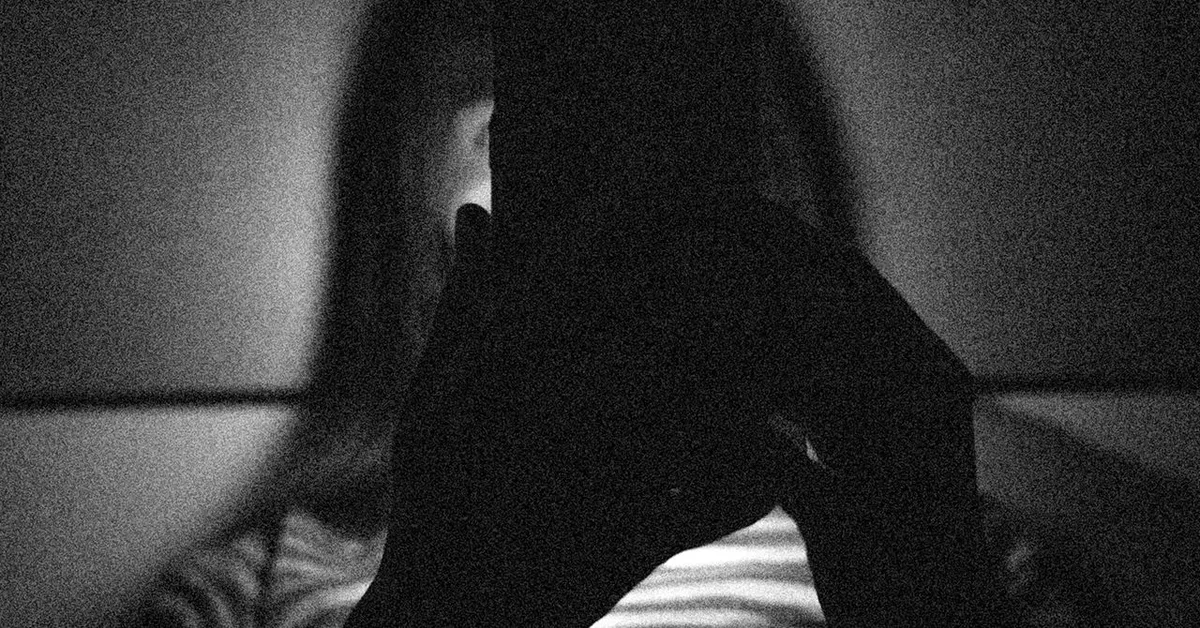
In a striking twist of creativity and controversy, an AI-generated “bigfoot baddie” has emerged as a viral sensation, featuring a character with acrylic nails and a pink wig who directly addresses an imaginary audience via an iPhone. In one of her statements, she claims, “We might have to go on the run; I’m wanted for a false report on my baby daddy.” This peculiar video, created using Google’s Veo 3, has garnered over a million views on Instagram, showcasing the intersection of technology and social commentary.
However, this video is not an isolated incident. A growing number of viral posts on platforms like Instagram and TikTok are using AI tools to depict Black women as primates, perpetuating harmful and racist tropes. Google’s Veo 3, launched at the company’s developer conference in May, quickly gained popularity with its surreal capabilities, allowing for the generation of unique characters, including Biblical figures and cryptids like bigfoot, in an influencer-style vlogging format.
Despite its lighthearted appearance, the trend of bigfoot baddies has taken a darker turn, as online creators repurpose it to dehumanize Black women. Nicol Turner Lee, director of the Center for Technology Innovation at the Brookings Institution, emphasizes the troubling historical context, stating, “In the early days of slavery, Black people were exaggerated in illustrations to emphasize primal characteristics.” This historical precedent makes the use of such racial tropes even more disturbing in today’s context.
One of the most popular Instagram accounts dedicated to this content has quickly amassed five videos with over a million views, all within a month of launching. These AI-generated videos feature hybrid characters speaking in African American Vernacular English, often in a caricatured manner, donning bonnets and making aggressive statements. In one clip, an AI-generated character humorously references pulling out a bottle of Hennessy liquor from her genitals, showcasing a troubling blend of humor and racial stereotyping.
Google’s Veo 3 is capable of producing every aspect of these videos—from the scenery to the spoken audio and characters—based solely on a single prompt. Notably, the bio of the popular Instagram account promotes a $15 online course teaching users how to create similar videos. In instructional videos titled “Veo 3 does the heavy lifting,” three educators guide students on how to prompt the AI tool for bigfoot clips and develop consistent character designs.
Attempts to reach the creators of this online course were unsuccessful, as the listed contact email bounced back. While a spokesperson for Meta, the parent company of Instagram, declined to comment, both Google and TikTok acknowledged the request for comments from WIRED but did not provide a statement before publication. Our analysis of social media platforms revealed numerous copycat accounts on Instagram and TikTok, reposting bigfoot baddie clips or generating similar content.
Some reposted videos have garnered millions of views, indicating a significant audience for this controversial content. An account dedicated to similar AI-generated material on TikTok has already surpassed 1 million likes. Despite requests for comments from these accounts, responses were not forthcoming.
In one particularly jarring clip, an AI-generated female bigfoot exclaims, “If I die here, I better get resurrected with a BBL,” while dodging bombs during a vacation in Israel. Meredith Broussard, a professor at New York University and author of More Than a Glitch, highlights the troubling implications of generative AI, stating, “The creators of AI tools cannot foresee all the ways people can misuse them, leading to a lack of sufficient guardrails.” This sentiment echoes broader concerns about the impact of AI technology on social media.
After engaging with a few female bigfoot videos, the Instagram Reels feed for our test account quickly filled with additional racist content, including an AI-generated depiction of a Black man on a fishing boat enthusiastically catching fried chicken and referring to a chimpanzee as his son. While these AI videos are deeply unsettling, they do not come as a surprise. In 2023, WIRED senior writer Jason Parham described a viral AI-generated video of Will Smith eating spaghetti as a form of minstrelsy, warning of a new age of digital deceit.
With the latest advancements in generative AI video technology, particularly through tools like Google’s Veo 3, creating photorealistic AI videos has become increasingly accessible. This ease of production, combined with the rapid spread of controversial content on social media, has significantly contributed to the popularity of bigfoot baddies. As technology continues to evolve, the potential for AI to be misused in ways that attack minority groups remains a pressing concern. “AI has not only made it easier to manipulate images,” Turner Lee states, “but the algorithm itself has also facilitated the sharing and consumption of this harmful content.”